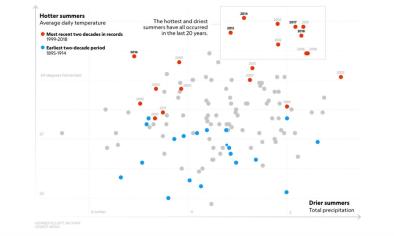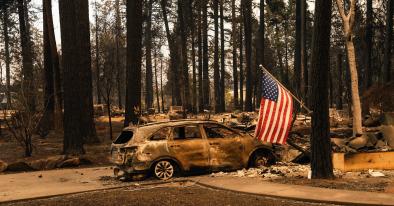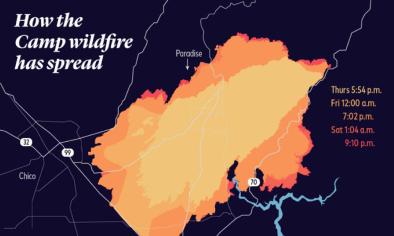Science Source
The unequal vulnerability of communities of color to wildfire
- Develops a social-ecological approach for characterizing fire vulnerability and applies it to >70,000 census tracts across the United States
- Incorporates both the wildfire potential of a landscape and socioeconomic attributes of overlying communities
- Finds that:
- Over 29 million Americans live with significant potential for extreme wildfires, a majority of whom are white and socioeconomically secure
- Within this segment, however, are 12 million socially vulnerable Americans for whom a wildfire event could be devastating
- Wildfire vulnerability is spread unequally across race and ethnicity, with census tracts that were majority Black, Hispanic or Native American experiencing ca. 50% greater vulnerability to wildfire compared to others
- Concludes that embracing a social-ecological perspective of fire-prone landscapes allows for the identification of areas that are poorly equipped to respond to wildfires
Related Content
Headline

Nov 16, 2018 | National Geographic
See how a warmer world primed California for large fires
Headline

Nov 13, 2018 | WIRED
Take a Good Look, America. This Is What the Reckoning Looks Like
Headline

Nov 12, 2018 | Popular Science
Visualizing California's current fires, some of the deadliest and most destructive on record
Headline

Oct 5, 2018 | The Guardian
'A prisoner of environment': is it time to leave the American west?


